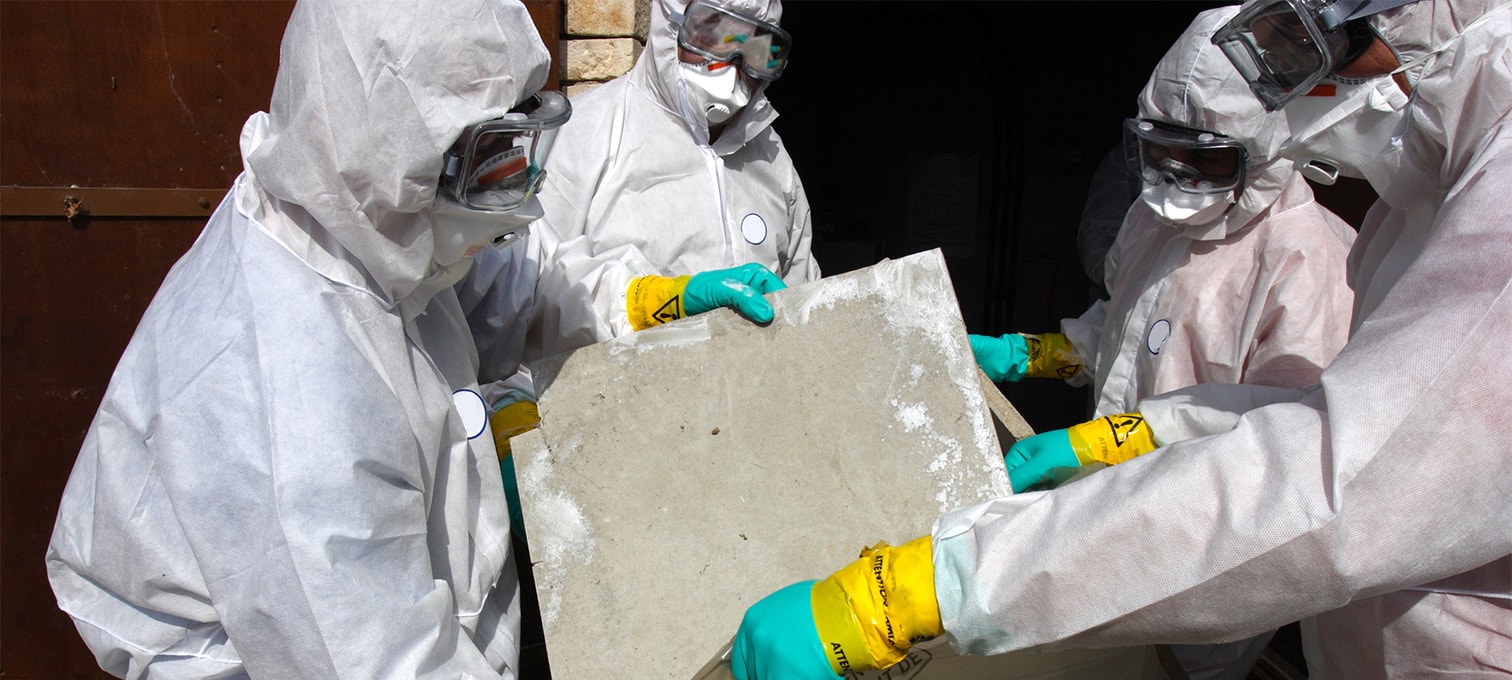Asbestos is a naturally occurring mineral that was once widely used in construction materials due to its heat resistance and durability. However, it has since been found to be extremely hazardous to human health, leading to a worldwide effort to remove asbestos from buildings and structures in order to prevent exposure and associated health risks.
Asbestos removal is a highly specialized process that must be carried out by trained professionals to ensure the safety of workers and occupants. This article will explore the methods and regulations surrounding asbestos removal, as well as the importance of proper disposal of asbestos-containing materials to protect public health and the environment.

Methods and Regulations
Asbestos removal involves a variety of methods to safely eliminate the hazardous material from buildings without causing contamination or health risks. These methods include wetting asbestos-containing materials to minimize the release of fibers, using negative air pressure systems to contain airborne particles, and wearing protective gear such as respirators and coveralls. Additionally, strict regulations govern the process of asbestos removal to protect workers and the public from exposure. These regulations outline proper procedures for handling, packaging, and disposing of asbestos materials to prevent any health hazards. Compliance with these regulations is crucial to ensure the safe and effective removal of asbestos from buildings.
Importance of Proper Disposal
Proper disposal of asbestos-containing materials is essential to prevent environmental contamination and health risks. When asbestos is removed from buildings, it must be disposed of in designated waste facilities that are equipped to handle hazardous materials safely. Improper disposal of asbestos can lead to the release of fibers into the air or water, posing a threat to public health and the environment. By following strict guidelines for disposal, we can mitigate the risks associated with asbestos exposure and protect our communities from its harmful effects.
In conclusion, asbestos removal is a critical process that requires careful planning, specialized methods, and strict compliance with regulations to ensure the safety of workers and the public. By following proper disposal procedures and utilizing effective removal techniques, we can minimize the health risks associated with asbestos exposure and protect our communities from harm. It is essential to prioritize the importance of asbestos removal and invest in professional services to safely eliminate this hazardous material from buildings and structures. Only through responsible handling and disposal can we safeguard public health and the environment from the dangers of asbestos contamination.
